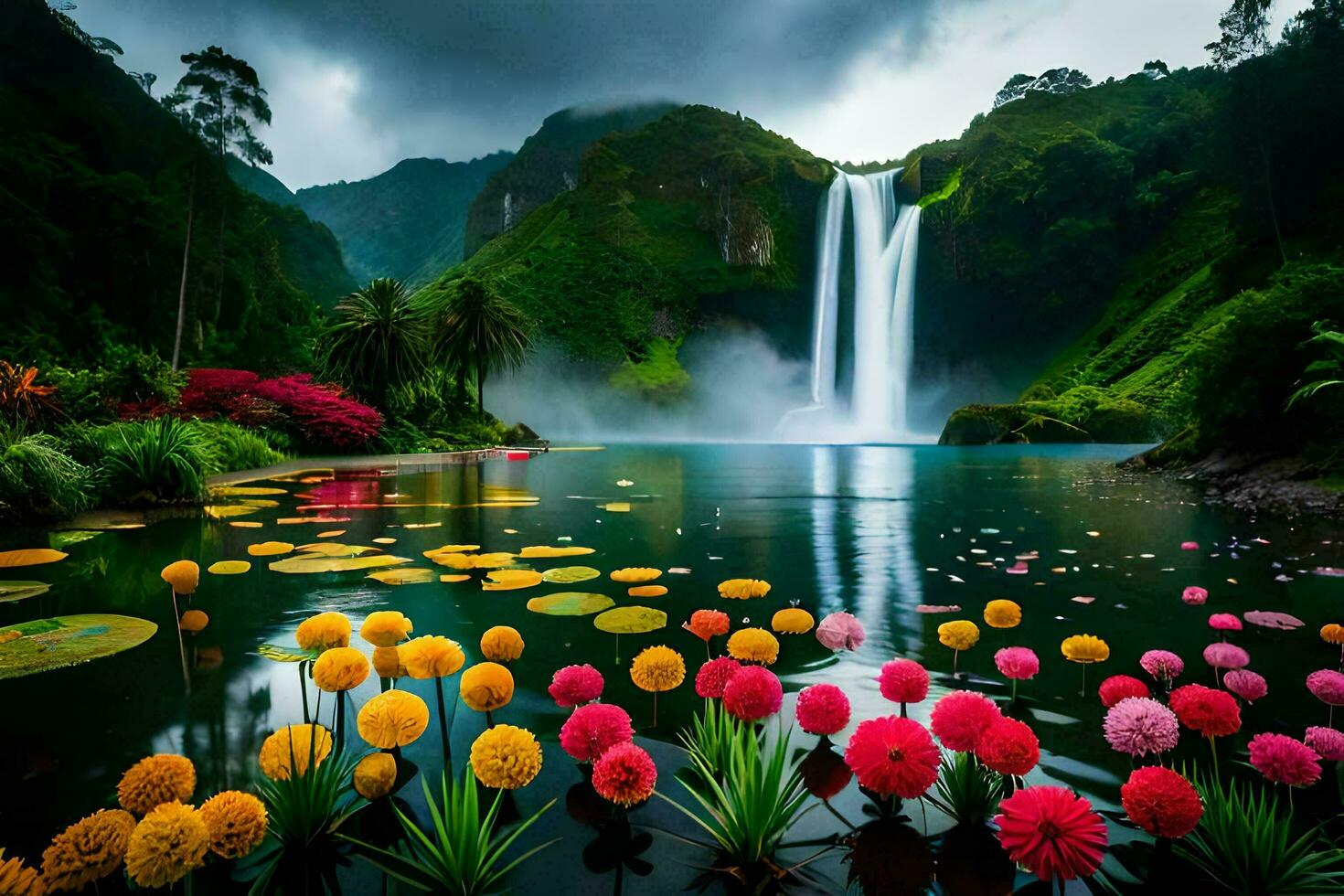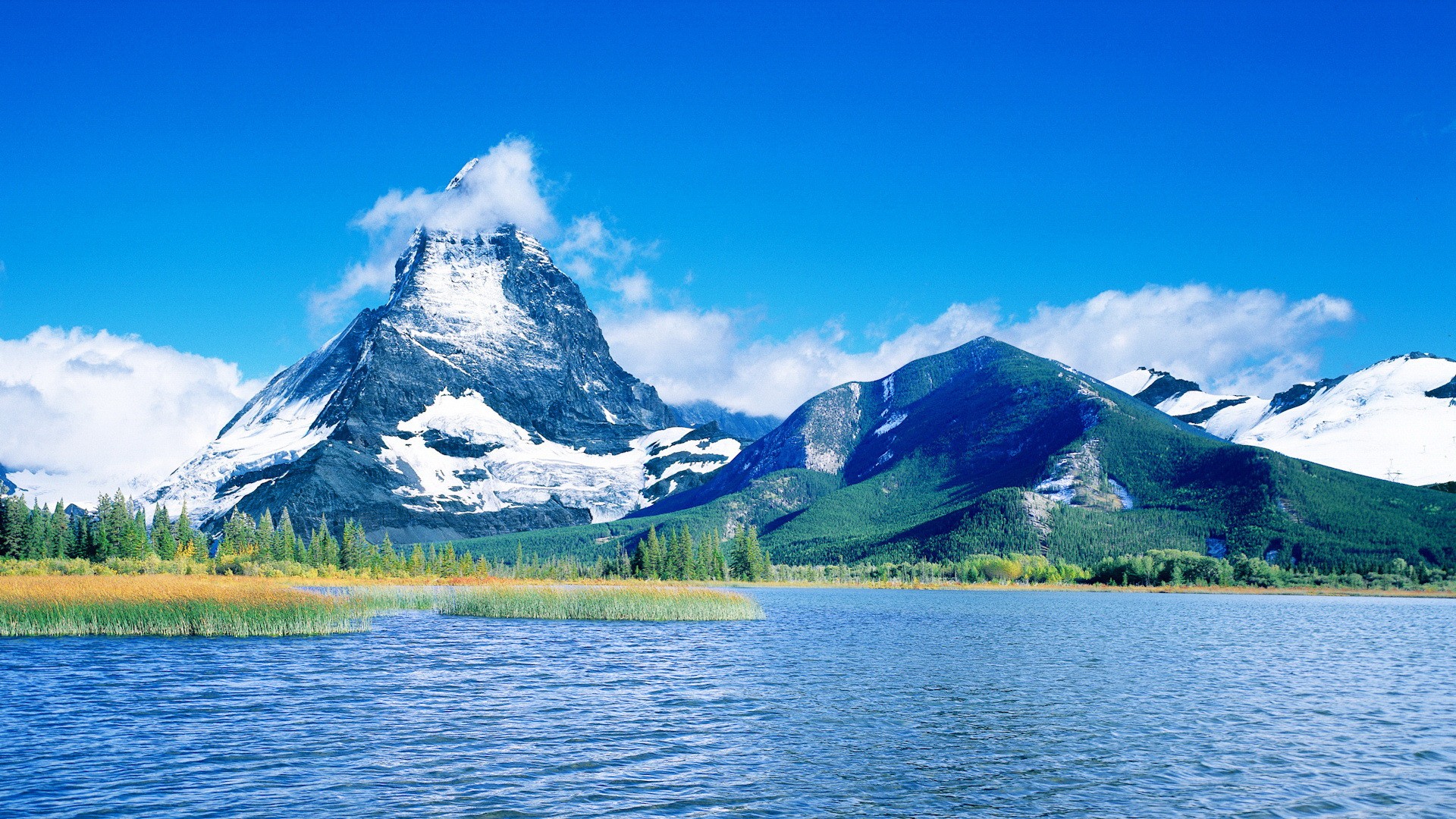Defining “Beautiful Nature” in Film

Source: vecteezy.com
The depiction of nature in film is far from monolithic; “beautiful nature” takes on diverse forms depending on the director’s vision, the genre, and the narrative’s needs. It transcends simple aesthetics, encompassing emotional impact and symbolic weight. The representation of nature can be a character in itself, a backdrop enhancing the story, or a powerful force shaping the plot.
The visual techniques employed to portray nature’s beauty are equally varied. From the sweeping vistas of epic landscapes to the intimate details of a single flower, filmmakers utilize a range of cinematic tools to create their desired effect. Lighting, composition, camera angles, and editing all play a crucial role in shaping the audience’s perception of the natural world.
Diverse Interpretations of Beautiful Nature in Film
Different films offer distinct interpretations of “beautiful nature.” Serene landscapes, often characterized by soft lighting and calming colors, feature prominently in films aiming for tranquility, such as Terrence Malick’s *The Tree of Life*, where the vastness of the universe and the delicate beauty of nature intertwine. In contrast, films like *The Revenant* utilize dramatic wilderness settings – harsh, unforgiving landscapes – to underscore the struggle for survival and the raw power of nature. Furthermore, fantastical environments, as seen in films like *Avatar*, create otherworldly beauty through imaginative CGI and special effects, pushing the boundaries of what constitutes “natural” beauty. These contrasting approaches demonstrate the multifaceted nature of representing beauty in the cinematic realm.
Visual Techniques in Depicting Nature’s Beauty
The effective depiction of nature’s beauty often relies on sophisticated visual techniques. In documentaries, the focus is usually on capturing reality as accurately as possible, often employing long shots to showcase the scale and grandeur of the natural world. High-definition cameras and advanced cinematography techniques enhance the realism and visual impact. Conversely, fictional films may utilize stylized visuals to convey specific moods or themes. For instance, a romantic comedy might use soft focus and warm lighting to create a dreamy, idyllic setting, while a horror film might use dark, ominous imagery and unsettling sounds to create a sense of unease and danger within a natural environment. The use of slow motion, time-lapses, and drone footage can also significantly enhance the visual impact, adding depth and perspective to the depiction of nature.
Nature in Documentaries versus Fictional Films
Documentaries and fictional films approach the portrayal of nature differently. Documentaries primarily aim for objective representation, focusing on showcasing the natural world’s beauty and diversity with minimal manipulation. Their goal is to educate and inform the audience about the environment, often highlighting ecological issues and conservation efforts. Examples include the nature documentaries by David Attenborough, which meticulously capture the beauty and complexity of various ecosystems. Fictional films, on the other hand, use nature to serve the narrative, shaping the story and influencing the audience’s emotional response. Nature can be a passive backdrop, a symbolic element reflecting the characters’ inner states, or an active force influencing the plot, as seen in disaster films or survival stories. The aesthetic choices prioritize the story’s needs over strict realism, allowing for artistic license in portraying nature’s beauty. This difference in approach leads to distinct visual styles and narrative functions within each genre.
Impact of Setting on Storytelling: Movie With Beautiful Nature

Source: picswalls.com
The natural world, when skillfully integrated into a film, transcends mere backdrop; it becomes a powerful storytelling tool, shaping narrative, influencing character development, and profoundly impacting the overall thematic resonance. The setting’s impact is multifaceted, contributing to the film’s mood, pacing, and even the symbolic weight of the story itself. A well-chosen and effectively utilized natural environment can elevate a film from a simple narrative to a deeply immersive and emotionally resonant experience.
The natural setting contributes to the overall narrative and thematic elements in several key ways. It can act as a reflection of the characters’ internal states, mirroring their emotional journeys or providing a visual metaphor for their struggles. Furthermore, the environment can dictate the plot’s trajectory, presenting challenges or opportunities that directly influence the characters’ actions and decisions. The inherent qualities of the setting—its vastness, its beauty, its harshness—can all contribute to the overall thematic message the film seeks to convey. For instance, a film set in a serene forest might explore themes of peace and tranquility, while one set in a desolate wasteland might grapple with themes of survival and isolation.
Films Where Nature Acts as a Character
Several notable films exemplify the power of nature as a character in its own right. In Terrence Malick’s *The Thin Red Line*, the lush, unforgiving jungle of Guadalcanal becomes a powerful force, influencing the soldiers’ fates and mirroring the brutal realities of war. The landscape’s beauty and danger are inextricably intertwined, reflecting the internal struggles of the men fighting within it. Similarly, in *The Revenant*, the unforgiving wilderness of the 19th-century American frontier acts as a formidable antagonist, pushing Hugh Glass to his physical and psychological limits. The vast, snow-covered landscape is not merely a setting but a crucial element driving the plot and shaping Glass’s survival instincts. Another example is found in the animated film *Ponyo*, where the ocean, with its powerful currents and vibrant life, is a key player in the story’s unfolding.
Scene Design: Creating Atmosphere Through Setting, Movie with beautiful nature
Consider a scene set high in the Andes Mountains. The air is thin, the wind howls relentlessly, whipping snow into a frenzy. Our protagonist, a lone climber, is stranded on a precarious ledge, the vast expanse of the mountain falling away beneath him. The camera focuses on the climber’s trembling hands, the icy wind biting at his exposed skin. The vastness of the landscape, the howling wind, the sheer drop below all combine to create an atmosphere of intense suspense and vulnerability. The climber’s isolation is amplified by the immensity of the natural world, heightening the tension and emphasizing his precarious situation. The stark beauty of the mountain range, normally a source of awe, becomes a symbol of his danger and the unforgiving nature of his environment. The silence, punctuated only by the wind’s mournful cry, intensifies the sense of isolation and impending doom. This juxtaposition of beauty and danger effectively underscores the scene’s suspenseful and dramatic nature.
Q&A
Movie with beautiful nature – What are some examples of movies that effectively use beautiful nature as a key element?
Examples include “The Lord of the Rings” trilogy, “Avatar,” “Planet Earth” (documentary), and “Brokeback Mountain”.
How does the budget of a film affect its depiction of nature?
Larger budgets often allow for more extensive location shooting and sophisticated visual effects, resulting in more spectacular and detailed natural settings. Smaller budget films may rely on clever cinematography and editing to achieve a similar effect.
How has the portrayal of nature in film changed over time?
Early cinema often presented idealized or romanticized versions of nature. More recent films often show a greater awareness of environmental issues and the fragility of ecosystems.